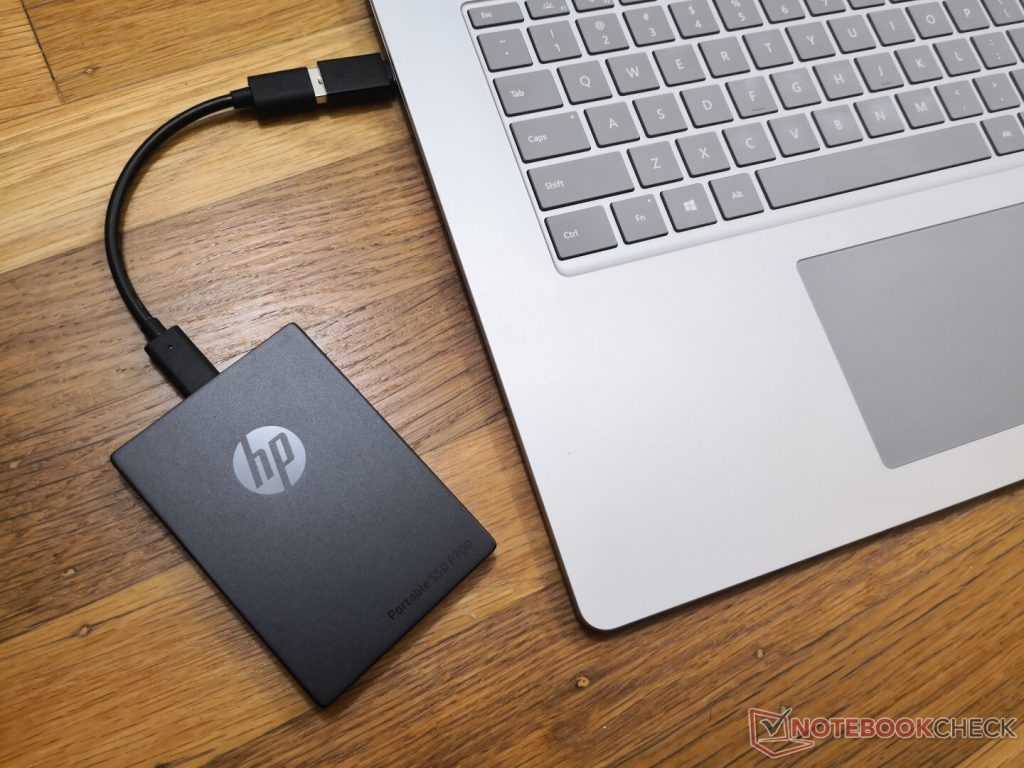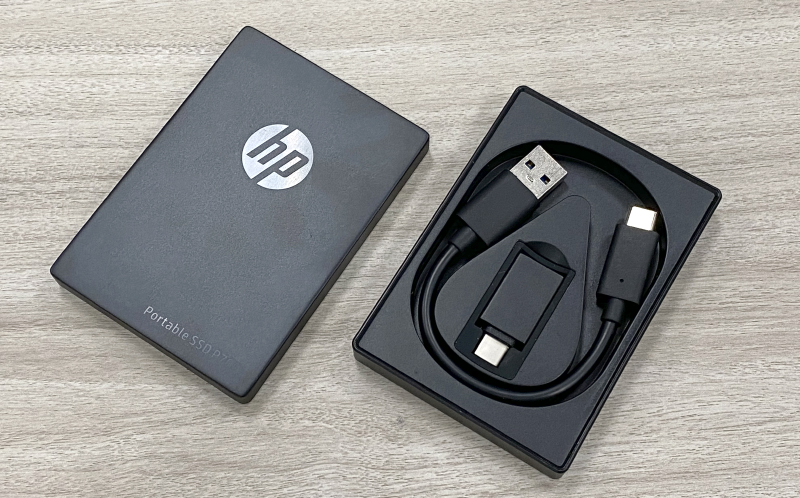
To boot an HP laptop from a USB, restart the laptop and press the appropriate key for the boot menu. Then, select the USB drive as the boot device.
Booting from a USB is a convenient way to troubleshoot or install a new operating system on your HP laptop. By following these simple steps, you can easily access and utilize the contents of your USB drive without any hassle.
This guide will provide the best tips for successfully booting your HP laptop from a USB drive, ensuring a seamless and efficient process. Whether you are a novice or an experienced user, these steps will help you navigate the booting process quickly and confidently.
Prepare The USB Drive
Preparing the USB drive is essential to boot your HP laptop from USB. It involves checking the compatibility of your USB drive and correctly formatting it to ensure it can be detected and used by your computer. Here are the key steps to prepare the USB drive:
Check Compatibility
Before using a USB drive to boot your HP laptop, ensuring the drive is compatible with the booting process is essential. HP laptops typically support USB drives with a FAT32 or NTFS file system. To check compatibility, insert the USB drive into your computer and navigate to the BIOS settings. Look for the boot options and verify that the USB drive is listed as a bootable device. If the USB drive is undetected, it may need to be formatted or replaced with a compatible one.
Format The USB Drive
Formatting the USB drive is crucial to ensure that it is recognized and supported by your HP laptop. To format the USB drive, insert it into your computer and open the Disk Management utility. Locate the USB drive, right-click, and select the format option. Choose the appropriate file system (FAT32 or NTFS) and complete the formatting process. Formatting the USB drive will erase all existing data, so back up any important files before proceeding.
Access Boot Menu
Accessing the Boot Menu on your HP laptop is essential for initializing the boot process from a USB drive. Follow the simple steps below to smoothly navigate through this process.\
Restart The Laptop\
-
- \
- Power on or restart your HP laptop to initiate the boot process.\
\
-
- Press the “Esc” or “F9” keys immediately after the HP logo appears on the screen.\
\
Enter The Boot Menu\
-
- \
- A list of options will appear on the screen; select “Boot Menu”.\
\
-
- Choose the USB drive as the preferred boot device from the available options.\
\
Change Boot Order
Change Boot Order:
Navigate To The Boot Tab
To change the boot order on your HP laptop, begin by navigating to the Boot tab.
- Access the BIOS: Restart the laptop and press the indicated key to enter the BIOS setup.
- Locate Boot Order: Find the Boot Order section within the BIOS settings.
- Modify Order: Use the arrow keys to rearrange the boot sequence to prioritize USB.
- Save Changes: Save your changes before exiting the BIOS setup.
Ensure the changes you’ve made by altering the boot order prioritize USB booting.

Save And Exit
Booting your HP laptop from a USB, saving your changes, and gracefully exiting the BIOS are crucial final steps. Follow the steps below to ensure your settings are saved, and the BIOS is exited properly.
Save Changes
After making the necessary changes to your BIOS settings, saving them to ensure they take effect is essential. To do this:
- Look for the “Save Changes” option in the BIOS menu.
- Use the arrow keys to navigate to this option and press Enter.
- Then, select “Yes” or “Save” to confirm your changes.
Exit Bios
Once you’ve saved your changes, it’s time to exit the BIOS to boot from your USB. Here’s how to do it:
- Find the “Exit” option in the BIOS menu.
- Navigate to this option using the arrow keys and press Enter.
- Choose “Yes” to confirm that you want to exit the BIOS.
Boot From USB
Booting from a USB drive can be beneficial when troubleshooting or installing a new operating system on your HP laptop. Whether you need to run a diagnostic tool or want to try out a different OS, booting from a USB allows you to do so without altering your computer’s internal storage. In this blog post, we will provide the best tips on how to boot your HP laptop from a USB drive, ensuring a seamless and hassle-free process.
Connect The USB Drive
Before you can boot your HP laptop from a USB drive, you must connect the drive to your computer. This straightforward process involves inserting the USB drive into one of the available USB ports on your laptop. You may commonly find USB ports on the sides or back of your HP laptop. Make sure the USB drive is inserted correctly to establish a secure connection.
Restart The Laptop
Once you have connected the USB drive to your HP laptop, the next step is to restart your computer. Restarting allows your laptop to recognize the USB drive and make it available as a boot option. To continue your computer, click the “Start” button in the bottom left corner of your screen. Click the “Power” button and select “Restart.” Alternatively, you can simultaneously press the “Ctrl + Alt + Delete” keys and choose the “Restart” option. Make sure to save any unsaved work before proceeding with the restart.
Enter The Bios Settings
During restart, your HP laptop will display a splash screen or logo. At this point, you need to enter the BIOS settings. To do this, look for the key or combination of keys to press, as mentioned in your laptop’s documentation. Standard keys to access the BIOS settings include F2, F10, Del, or Esc. Press the key(s) repeatedly until the BIOS settings menu appears on your screen.
Change The Boot Order
Once in the BIOS settings menu, navigate to the “Boot” tab using your arrow keys. Here, you will find a list of available boot options. Locate the USB drive from the list and use the designated key (usually F5 or F6) to move it to the top of the boot order. This ensures that your HP laptop will prioritize booting from the USB drive instead of other sources.
Save your changes after changing the boot order and exit the BIOS settings. Typically, you can do this by pressing the F10 key and selecting “Yes” or “Save and Exit” from the prompt that appears. Your HP laptop will restart, and this time, it will boot from the USB drive. Be patient, as the process may take some time, depending on the size and speed of your USB drive.
Following these steps will successfully boot your HP laptop from a USB drive, opening up a world of possibilities and flexibility. Remember to disconnect the USB drive once you have completed your desired task. Happy booting!

How To Boot HP Laptop From USB
To boot an HP laptop from a USB drive, follow these steps:
Prepare Your USB Drive: First, ensure your USB drive is formatted correctly and contains the bootable operating system or software you wish to use. You can create a bootable USB drive using various tools such as Rufus, UNetbootin, or the built-in Windows 10 Media Creation Tool.
Insert the USB Drive: Plug the bootable USB drive into one of the USB ports on your HP laptop.
Access BIOS/UEFI: Restart your HP laptop, and during the startup process, you need to access the BIOS/UEFI settings. The key to access BIOS/UEFI varies depending on the model of your HP laptop. Standard keys include F2, F10, F12, ESC, or Del. Refer to your laptop’s manual or HP’s website for the specific key for your model.
Select Boot Device Priority: Once in the BIOS/UEFI settings, navigate to the “Boot” tab using the arrow keys. Look for an option called “Boot Device Priority” or “Boot Order.” This option determines the sequence in which your laptop checks for bootable devices. Please select it and press Enter.
Choose USB Drive as Boot Device: In the Boot Device Priority menu, you should see a list of devices such as your laptop’s hard drive, CD/DVD drive, and USB drive. Use the arrow keys to highlight the USB drive and move it to the top of the list (or above the internal hard drive). This tells your laptop to prioritize booting from the USB drive over other devices.
Save and Exit: Once you’ve set the USB drive as the first boot device, navigate to the “Exit” tab or BIOS/UEFI settings section. Choose “Save Changes and Exit” or a similar option. Confirm your selection, and your laptop will restart.
Boot from USB: As your laptop restarts, it should automatically boot from the USB drive. You should see a prompt to “Press any key to boot from USB,” or your laptop will directly boot into the operating system or software on the USB drive.
Follow On-Screen Instructions: Depending on what you’re booting from the USB drive, you may need to follow specific instructions to complete the process, such as installing an operating system or running diagnostic tools.
By following these steps, you should be able to successfully boot your HP laptop from a USB drive. Remember to change the boot device priority back to the internal hard drive once you’re done using the USB drive to avoid booting from it every time you start your laptop.

List of HP Laptop USB
As of my last update in January 2022, I can’t provide real-time product listings, but I can give you an idea of some popular HP laptops known for their USB capabilities. Here are seven HP laptops that have received positive reviews for their USB features:
HP Spectre x360 14: This premium 2-in-1 laptop often features USB-C Thunderbolt ports, which offer high-speed data transfer and support for external displays. It’s known for its versatility and performance.
HP Envy 15: The HP Envy series typically includes multiple USB ports, including USB-C and USB-A, providing a balance of compatibility and modern connectivity options. It’s a stylish and powerful option suitable for various tasks.
HP Pavilion x360: This convertible laptop often comes with a selection of USB ports, including USB-C and USB-A, offering flexibility for connecting peripherals and accessories. It’s known for its affordability and versatility.
HP Omen 15: Aimed at gamers, the HP Omen series usually features a variety of USB ports, including USB 3.1 Gen 1 and Gen 2, providing high-speed connections for gaming peripherals and external storage devices.
HP Elite Dragonfly: Designed for professionals, this ultraportable laptop often includes USB-C ports with Thunderbolt support, enabling fast data transfer and connectivity to docking stations for enhanced productivity.
HP ProBook 600 series: These business laptops typically feature a selection of USB ports, including USB-C and USB-A, catering to the needs of professionals who require reliable connectivity for work-related peripherals.
HP Chromebook x360 14c: Chromebooks are known for their simplicity and affordability, and this model often includes USB-C and USB-A ports, providing compatibility with a wide range of accessories and peripherals.
When choosing an HP laptop based on USB capabilities, consider the types and number of USB ports you need for your specific use case, whether for gaming, productivity, multimedia, or business tasks. Additionally, verify the specifications of the latest models on HP’s website or from reputable retailers to ensure they meet your requirements.

Frequently Asked Questions On How To Boot HP Laptop From USB? Best Tips
How Do I Boot My Hp Laptop From A Usb?
To boot your HP laptop from a USB, restart your laptop and press the specific key (such as F9 or F12) to enter the boot menu. Select the USB as the boot device and follow the on-screen prompts to boot from the USB.
Can I Install Windows On My HP laptop Using A USB?
Yes, you can install Windows on your HP laptop using a USB. Create a bootable USB with the Windows installation files, plug it into your laptop, and follow the on-screen instructions to install Windows.
Why Won’t My HP laptop Boot From A USB?
If your HP laptop won’t boot from a USB, ensure that the USB is bootable and properly connected. Check your laptop’s BIOS settings and make sure that USB boot is enabled. If the issue persists, try using a different USB port or a different USB drive.
Conclusion
Booting your HP laptop from a USB is a simple yet important skill to have. You can easily navigate this process without any hassle by following the tips provided. Whether you’re a beginner or an experienced user, knowing how to boot from a USB can significantly benefit you in various situations.
So, go ahead, apply these tips, and get the most out of your HP laptop.

I am Hossain Biswas. I am a technology writer and blogger based in the USA. I have over 5 years of experience writing about the latest trends and innovations in the tech industry, with a focus on topics like artificial intelligence, cybersecurity, and social media.
